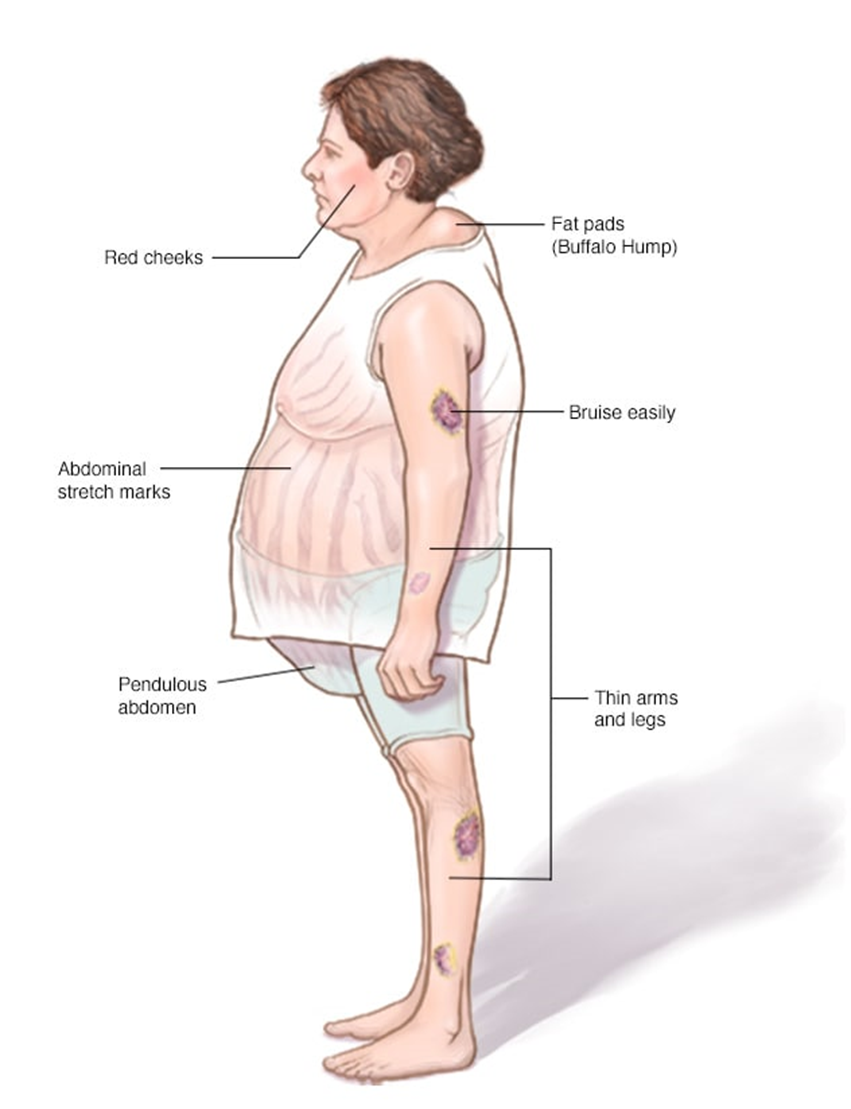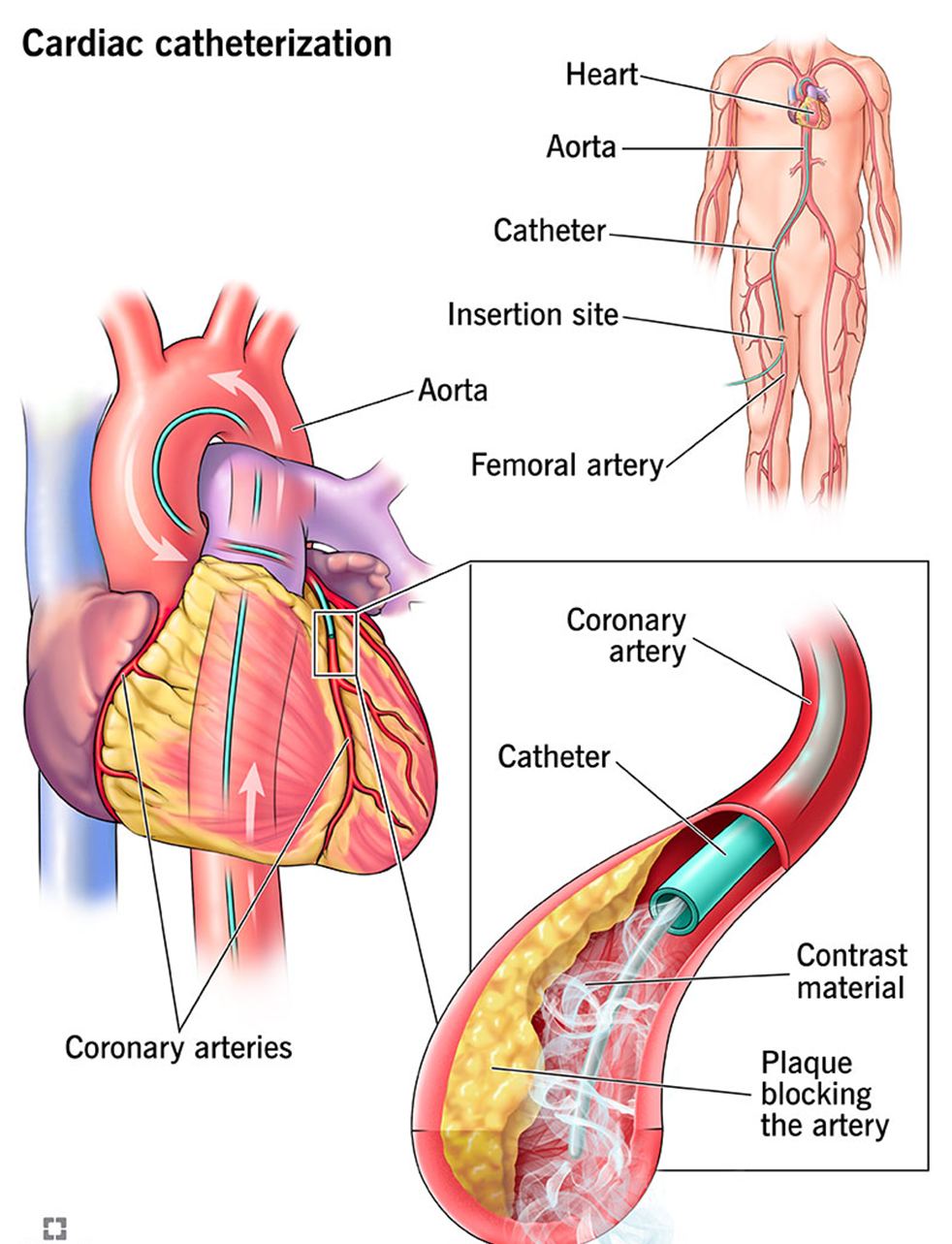The nurse is assessing for correct placement of a nasogastric tube. The nurse aspirates the stomach contents, checks the gastric pH, and notes a pH of 7.35. Based on this information, which action should the nurse take at this time?
Document that the nasogastric tube is in the correct place.
Notify the health care provider.
Check for placement by auscultating for air injected into the tube.
Retest the pH using another strip.
The Correct Answer is B
Choice A Reason:
Documenting that the nasogastric tube is in the correct place is not appropriate in this scenario. The normal pH range for gastric contents is typically between 1.5 and 3.5. A pH of 7.35 is much higher than this range, indicating that the tube may not be in the stomach. Therefore, documenting the tube as correctly placed could lead to potential complications, such as improper feeding or medication administration.
Choice B Reason:
Notifying the health care provider is the correct action. A pH of 7.35 suggests that the nasogastric tube may be misplaced, possibly in the respiratory tract or another non-gastric location. Immediate notification of the health care provider is crucial to prevent any adverse outcomes and to take corrective measures, such as confirming placement with an X-ray or re-inserting the tube.

Choice C Reason:
Checking for placement by auscultating for air injected into the tube is not a reliable method for verifying nasogastric tube placement. While this method was traditionally used, it has been found to be inaccurate and is no longer recommended. The sound of air entering the stomach can be misleading and does not confirm correct placement.
Choice D Reason:
Retesting the pH using another strip is not the best immediate action. While it is important to ensure the accuracy of the pH reading, a pH of 7.35 is significantly outside the normal gastric range, and retesting is unlikely to yield a different result. The priority should be to notify the health care provider to address the potential misplacement of the tube.
Nursing Test Bank
Naxlex Comprehensive Predictor Exams
Related Questions
Correct Answer is ["31"]
Explanation
Step 1: Calculate the total infusion time in minutes.
8 hours × 60 minutes/hour = 480 minutes
Result at each step = 480 minutes
Step 2: Calculate the total number of drops to be infused.
1,000 mL × 15 drops/mL = 15,000 drops
Result at each step = 15,000 drops
Step 3: Calculate the infusion rate in drops per minute.
15,000 drops ÷ 480 minutes = 31.25 drops/minute
Result at each step = 31.25 drops/minute
Step 4: Round to the nearest whole number if necessary.
31.25 drops/minute rounds to 31 drops/minute
Result at each step = 31 drops/minute
Therefore, the nurse should run the IV infusion at a rate of 31 drops per minute.
Correct Answer is A
Explanation
Choice A: Metformin
Reason: Metformin is known to interact with contrast material, particularly iodinated contrast media, and can increase the risk of acute kidney injury (AKI). This interaction can lead to a condition known as contrast-induced nephropathy (CIN) or contrast-induced acute kidney injury (CI-AKI). Metformin is primarily excreted by the kidneys, and impaired renal function can lead to its accumulation, increasing the risk of lactic acidosis, a rare but serious complication. Therefore, it is generally recommended to withhold metformin before and after the administration of contrast media until renal function is confirmed to be normal.

Choice B: Carvedilol
Reason: Carvedilol is a beta-blocker used to treat high blood pressure and heart failure. It does not have a known interaction with contrast media that would increase the risk of acute kidney injury. Carvedilol primarily affects the cardiovascular system and does not significantly impact renal function or interact with contrast agents.
Choice C: Nitroglycerin
Reason: Nitroglycerin is used to treat angina and other heart conditions by dilating blood vessels. It does not interact with contrast media in a way that would increase the risk of acute kidney injury. Nitroglycerin’s primary effects are on the cardiovascular system, and it does not have nephrotoxic properties.
Choice D: Atorvastatin
Reason: Atorvastatin is a statin used to lower cholesterol levels. While it can have effects on liver enzymes and muscle tissue, it does not interact with contrast media to increase the risk of acute kidney injury. Atorvastatin is metabolized by the liver and does not significantly impact renal function.
Whether you are a student looking to ace your exams or a practicing nurse seeking to enhance your expertise , our nursing education contents will empower you with the confidence and competence to make a difference in the lives of patients and become a respected leader in the healthcare field.
Visit Naxlex, invest in your future and unlock endless possibilities with our unparalleled nursing education contents today
Report Wrong Answer on the Current Question
Do you disagree with the answer? If yes, what is your expected answer? Explain.
Kindly be descriptive with the issue you are facing.
